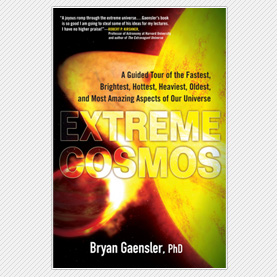Savantii de la Institutul de biofizica celulara din Rusia au reusit sa cultive plante din semintele unor fructe, depozitate de veverite in permafrostul siberian in urma cu 30.000 de ani, informeaza BBC.
Oamenii de stiinta au descoperit semintele de "Silene stenophylla" pe malurile raului Kolmya din Siberia, un loc frecventat de cautatorii de schelete de mamut, si au reusit obtinerea unor plante viabile in laborator.
Oamenii de stiinta au descoperit semintele de "Silene stenophylla" pe malurile raului Kolmya din Siberia, un loc frecventat de cautatorii de schelete de mamut, si au reusit obtinerea unor plante viabile in laborator.










